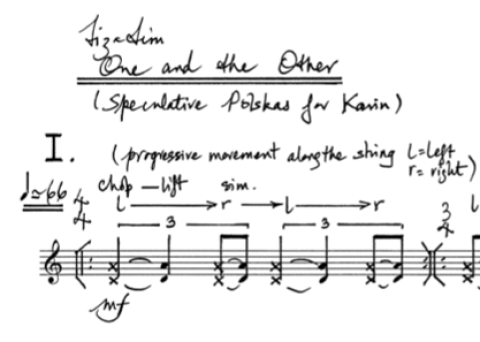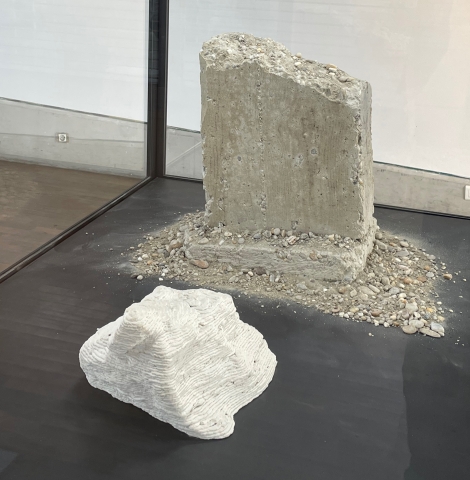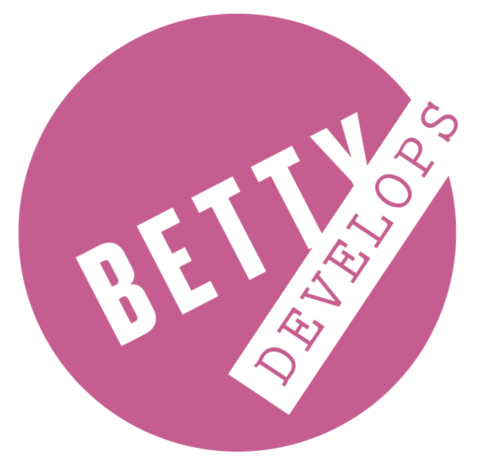Editorial
Artistic researchers are confronted with the issue of identity in particular ways. For starters, we have been constantly challenged to explain the identity of our field – is it still art? Is it science, even? In some countries and regions, the urgency of this challenge has receded greatly over the years, but in others, it remains difficult to be recognized as artistic researcher (and valued accordingly). It is in this light that the recently formed Artistic Research Alliance1 must be welcomed, as well as the various precursory initiatives2, since on the ground they will make a difference.
However, as critics3 have pointed out, claims towards artistic research’s identity – even if well intended – are highly problematic since they exclude as much as include relevant people, histories, and practices. At the same time, it is also problematic if other identities are deployed to challenge those claims, above all those of ‘art’ and ‘science,’ since they, too, have historically excluded as much as included relevant people, histories, and practices. In fact, it seems that whenever anybody lays claim towards an identity, a separation happens that ‘cuts’ what something is from what it is not contesting the order of things.
Such claims to identity contain the seed for a conflict that is experienced on both sides – that of the included as well as that of the excluded – albeit in different ways. While the included may be empowered as well as normalized, the excluded may be disempowered and marginalized, and often are, in very real terms, at risk. Aware of this, on a second level, as artistic researchers, we are also challenged with regard to who we identify with – those that gain or those that loose from the identity they find themselves with, willfully or not. Our own identifications can be contradictory when, for instance, as artists we stand in solidarity with other artists in terms of the precarious space art occupies, while we may not recognize the different conditions of work which render contemporary art a luxury for many.
However, beyond this consequential surface of ‘identity,’ things are not necessarily that clear-cut; identity is not just a given, it is also something in question and to be worked out if space is given to do so. It remains striking how little imagination has been deployed on all sides of the equation to investigate what else ‘artistic research’ might be outside of ‘art’ and ‘science’ as if research needed to piggy-back on either of those two identities.
‘Research’ as fundamentally epistemic activity is inescapably implied in the problem of identity, since what something is will not be established before it has become. If there is any value attached to the notion of research it must surely lie with things not yet given, not yet real, and not yet named. We might see ‘research’ happening when new and original things emerge – when old identities are replaced with new ones; however, we may also seek to ground this notion at a point when epistemic potentials are at their greatest, when identities are suspended possibly to be reconfirmed or replaced. In this sense, the richest epistemic space may be the one where everything is up in the air, including all those notions we hold dear, be they ‘art,’ ‘science,’ ‘practice,’ or ‘knowledge.’ Who would we then be?
While I don’t suggest that a research space without any such presuppositions can be held open (for too long, at least), it seems nevertheless possible to differentiate articulations of research by their degree of identity suspension, that is, the degree of epistemic potentiality they share. These are not moments of outcomes to be communicated – although they might do this too, later – but openings through which what is not identified might connect. For, in some strange way, if I cannot know what it is that is becoming, I can also not know what it is not. This raises the distinct possibility that across all those differences of disciplines, cultures, times and contexts at their heart, all those diverse expositions that we publish must relate to one another, and we with them.
While it seems counterintuitive to associate an academic journal with such a cultural task, it seems the only option when we stay serious with research. Assuming this, whilst we may disagree about the various definitions and identities at play, we may not want to lose sight of what is motivating them all.
Michael Schwab
Editor-in-Chief
- 1https://societyforartisticresearch.org/resources/leveraging-the-full-potential-of-artistic-research/
- 2The ‘Florence Principles’ on the Doctorate in Arts (2016) https://cdn.ymaws.com/elia-artschools.org/resource/resmgr/files/26-september-florence-princi.pdf, the Vienna Declaration on Artistic Research (2020) https://cdn.ymaws.com/elia-artschools.org/resource/resmgr/files/vienna-declaration-on-ar24-j.pdf, as well as the Proposed Changes to the Frascati Manual (2022) https://aec-music.eu/media/2022/06/Cover-Letter-to-OECD_NESTI.pdf
- 3Florian Cramer and Nienke Terpsma, 2021. ‘What is Wrong with the Vienna Declaration on Artistic Research?’ https://onlineopen.org/what-is-wrong-with-the-vienna-declaration-on-artistic-research See also: Henk Slager (ed.), 2021. The Postresearch Condition, Utrecht: Metropolis M Books, 2021.




